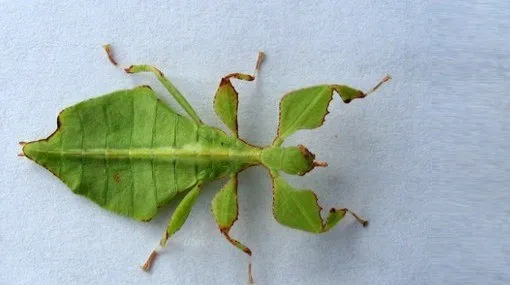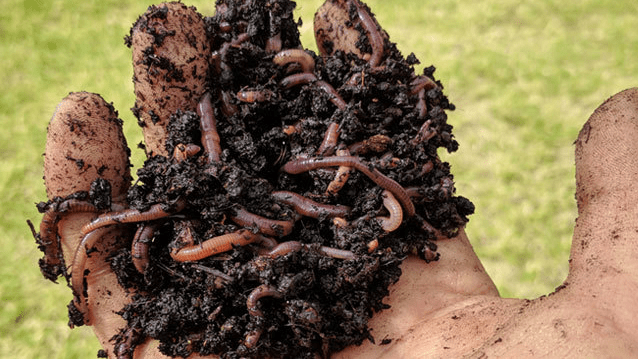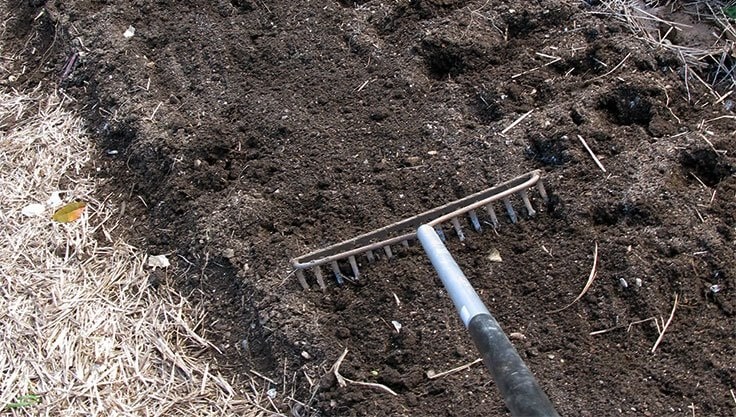In today’s post, the protagonists will be the green bugs. Yes, only the green ones… another day we will look at more colors. They are usually well camouflaged, but we, who are on our way to becoming expert entomologists… We will be able to identify them all!

Contents
Green bugs on plants
Not all green bugs we see on our plants are considered pests. A pest is an organism that causes economic losses by reducing the availability, quality or value of a crop resource for food, fiber, pleasure or health. Also, it can be defined as any organism whose population density exceeds a previously established threshold.
Once we are clear about this concept, we can begin to identify the green bugs on our plants and know whether we should apply a treatment or not.
Green aphids
Aphids are the best known green bugs and one of the most common pests in orchards and gardens. They are small insects (1-3 mm in length) and can present different colors depending on the species they belong to.
Damage caused by aphids
Most are polyphagous, i.e. they have no preference for a particular plant species. They attack young shoots of crops with a high sugar content.
Larvae cause damage by making galleries in the leaves of plants. As for the adults, they feed by sucking sap from leaves, buds and young shoots using the stylet of their mouthparts. In addition, they excrete a sugary, sticky liquid called honeydew that attracts ants (aphids are said to be ant herders because they protect ants and lead them to food). They favor the appearance of a fungus known as blackleg and can also transmit viruses from one plant to another.
Aphid control
Elimination of weeds, good substrate preparation, chromatic traps, pruning or natural enemies such as ladybugs, lacewings, earwigs or wasps.
Green Chinch bug
They are known as green bugs or orchard bugs, among others. They are very common in warm countries. The eggs of these bugs are generally deposited on the underside of leaves and are barrel-shaped, creamy yellow, which later evolves into pinkish-orange.
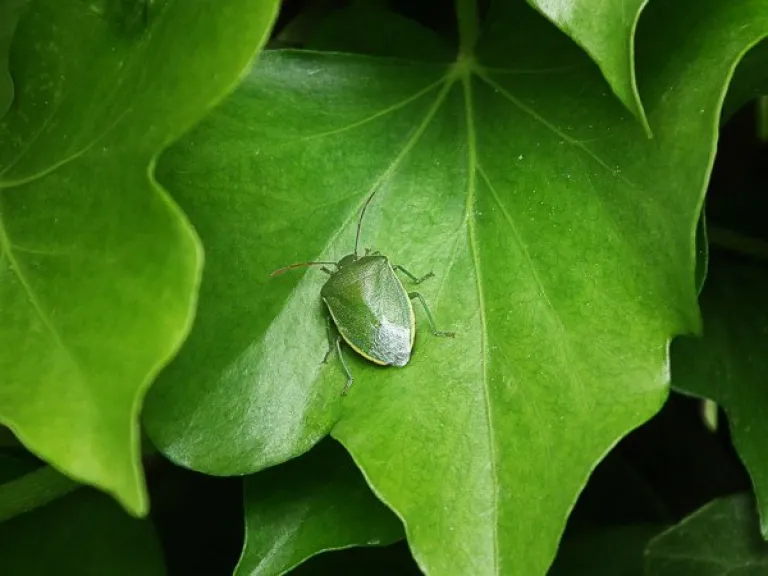
The nymphs, in their first stages, are orange in color and begin to be green in the fifth stage. Adults are green, although small yellow dots can be seen on the scutum. They also have a biting-sucking mouthparts.
Damage of the Chinch bug
They can pest all types of horticultural plants, fruit shoots, vineyards and ornamental plants such as gladiolus. These insects suck sap or juices from leaves, shoots and fruits, and inject a saliva that causes tissue damage. For example, in tomatoes, growth stops at the point of the bite, forming cracks, deformations or a whitish circle around the bite.
How to control the green bug
To control this type of bedbug, good irrigation management is essential, avoiding excessive humidity. We can put luminous traps at night to attract the adults. Some spiders and ants are predators of the green bug and will help to control them in the orchard. In addition, we can use trap plants such as beans to attract this type of insects to them.
Orthoptera (grasshoppers, crickets)
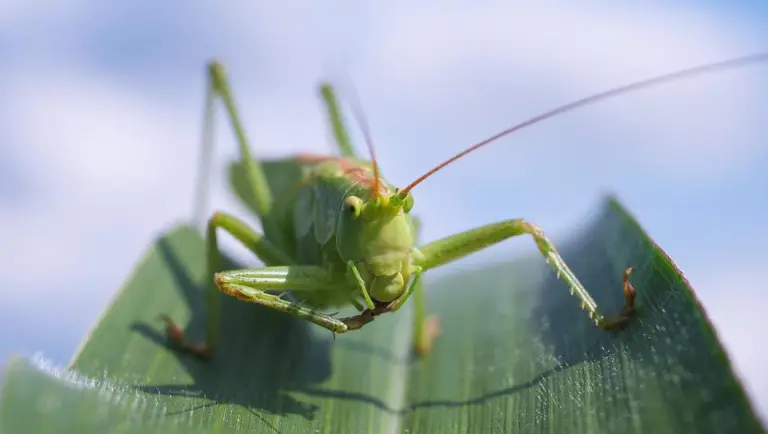
To this group belong grasshoppers, crickets or locusts. Orthoptera are characterized by being good jumpers and some are good flyers. They lay their eggs on the ground or on plants. They normally lead an isolated life, although they can be gregarious, as in the case of locusts.
There are several methods for the control of this group of insects. The most important are biological control by means of predators, parasitoids and fungi. In the case of locusts there are special programs for their surveillance and control.
Coleoptera
Cassida sp
Of the chrysomelidae family. The larvae, usually flattened, are green with lateral spines and two appendages on the eighth segment. They are usually covered with exuviae and excrement. Both adults and larvae feed on the parenchyma and can defoliate the plant.
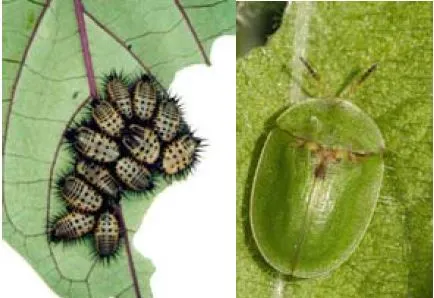
Peppermint beetle
They are 7-11 mm long. They are bright green in color, with black legs and antennae. Both adults and larvae feed exclusively on mint and can become a dangerous pest. They mainly attack leaves and stems.
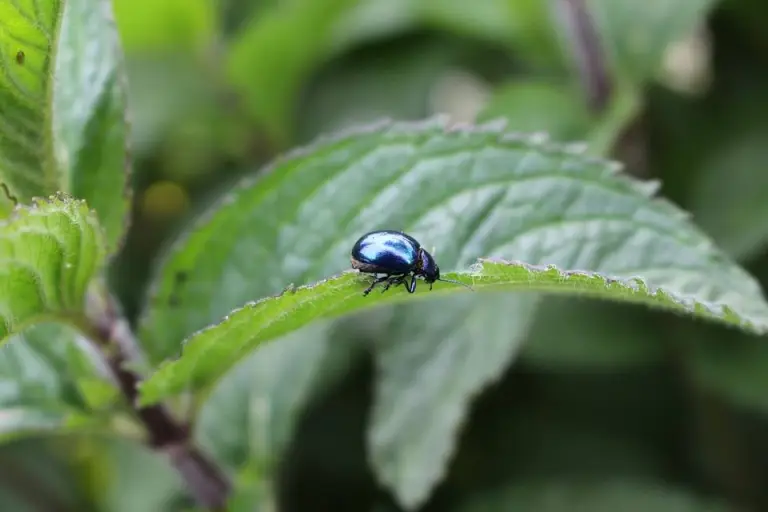
Other more peculiar green bugs
Praying Mantis
There are other green insects, such as the praying mantis, that are of no concern to the vegetable garden. The praying mantis is an insect predator and, as a curiosity, there is a martial art inspired by its way of attacking prey.
